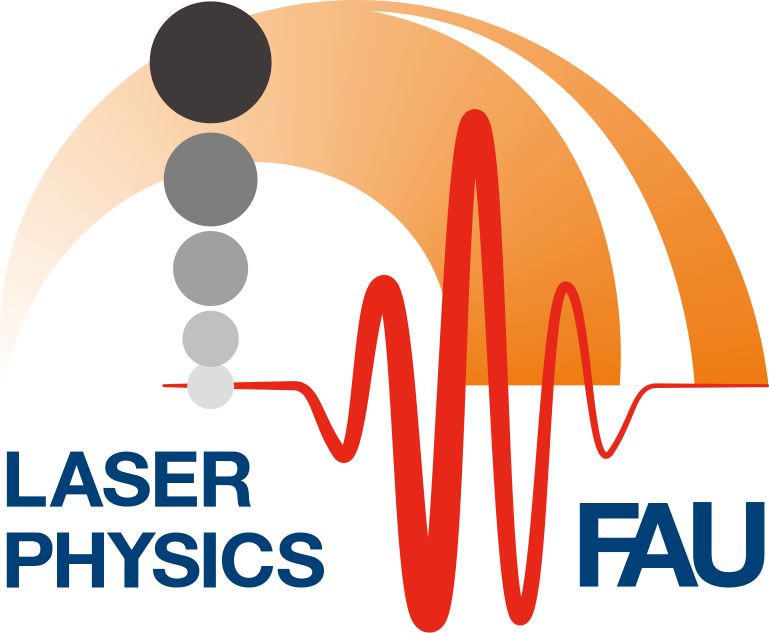Categorization of light-matter interaction in 2-band systems – published in Physical Review A
A variety of physical systems, from atoms to solids, can be reduced to two energy bands in their interaction with intense light fields to describe the essential dynamics. In our new paper, we use such a 2-band model to present an intuitive categorization into five different regimes – from the pertubative regime for very weak light fields to four adiabatic regimes for strong light fields. For each of these regimes, we use dimensionless adiabaticity parameters to decompose the temporal electron dynamics, creating a seamless transition of the description from Rabi physics to field-driven Landau-Zener physics. For a given system, our categorization can be used to find the ideal optical driving parameters to enter the respective regimes. For example, the 2D material graphene can be described very accurately by a 2-bandmodel and therefore serves as an ideal system to apply our model. We can directly place our strong-field experiments in graphene [1,2] in the regimes identified here and make predictions for excitations beyond the previously accessible laser parameters.
[1] T. Higuchi et al., Nature 550, 224 (2017)
[2] C. Heide et al., New J. Phys. 21, 45003 (2019)

